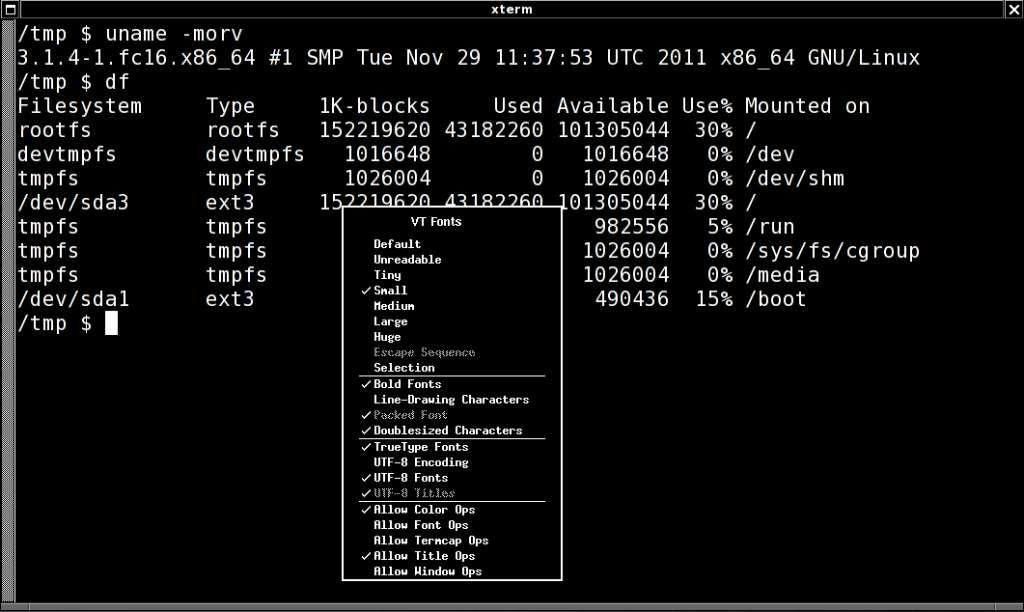

For example, use title MyTitle if your interpreter is Windows Command Prompt or echo -en "\033]0 MyTitle\a" for bash and zsh. Just like with system terminal tabs, you can rename DataSpell Terminal tabs programmatically.

To rename a tab, right-click the tab and select Rename Session from the context menu. Alternatively, you can press Alt+Down to see the list of all terminal tabs. Press Alt+Right and Alt+Left to switch between active tabs. To close a tab, click on the Terminal toolbar or right-click the tab and select Close Tab from the context menu. It preserves tab names, the current working directory, and even the shell history. The Terminal saves tabs and sessions when you close the workspace directory or DataSpell. To run multiple sessions inside a tab, right-click the tab and select Split Right or Split Down in the context menu. Open the Terminal tool windowįrom the main menu, select View | Tool Windows | Terminal or press Alt+F12.Īlternatively, you can right-click any file (for example, in the Project tool window or any open editor tab) and select Open in Terminal to open the Terminal tool window with a new session in the directory of that file.Ĭlick on the toolbar to start a new session in a separate tab. For information about changing the shell, see Configure the terminal emulator.

Initially, the terminal emulator runs with your default system shell, but it supports many other shells, such as Windows PowerShell, Command Prompt cmd.exe, sh, bash, zsh, csh, and so on. Use it to run Git commands, set file permissions, and perform other command-line tasks without switching to a dedicated terminal application. DataSpell includes an embedded terminal emulator for working with your command-line shell from inside the IDE.


 0 kommentar(er)
0 kommentar(er)
